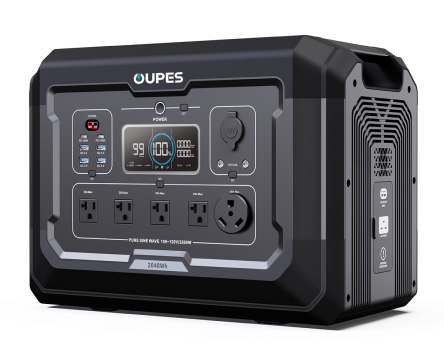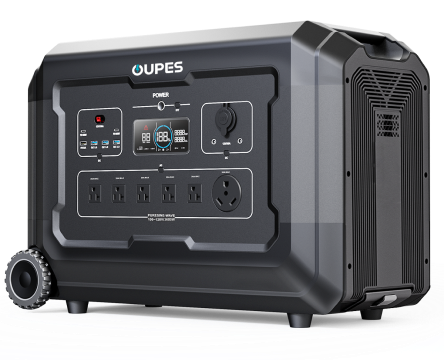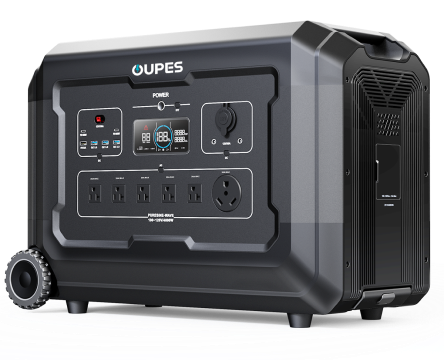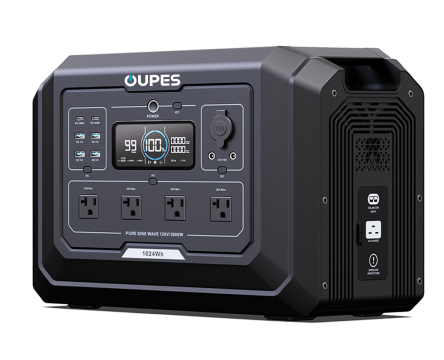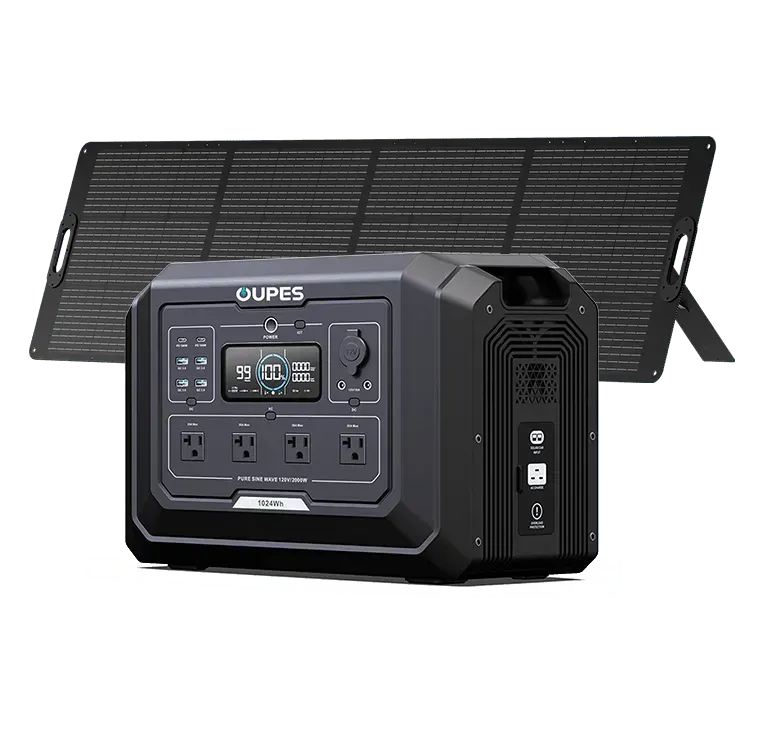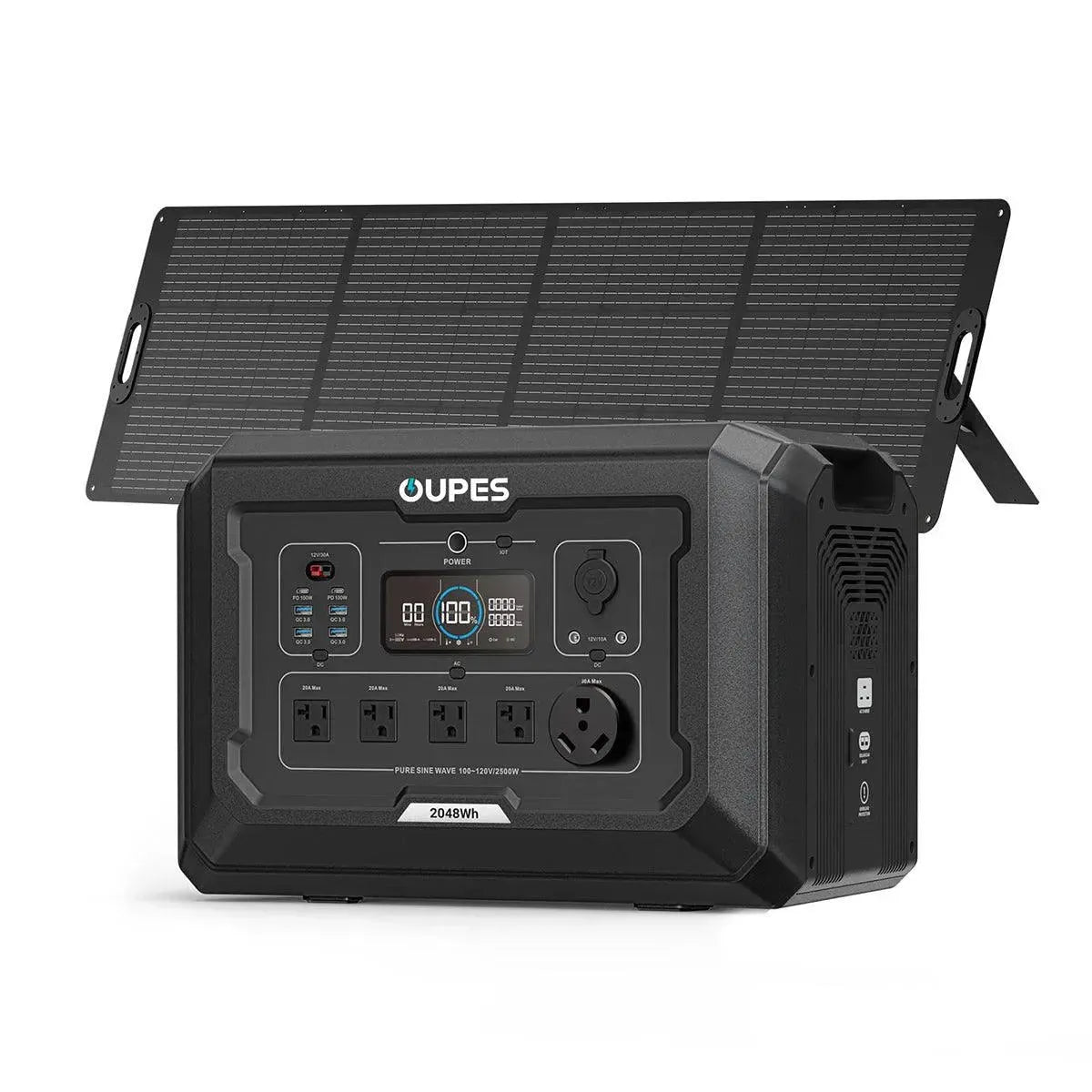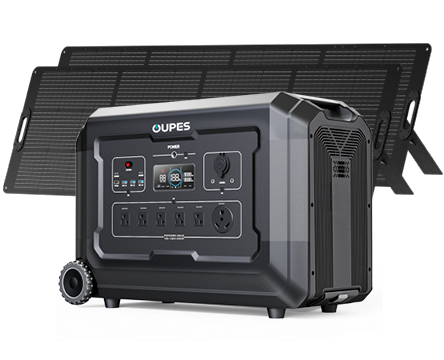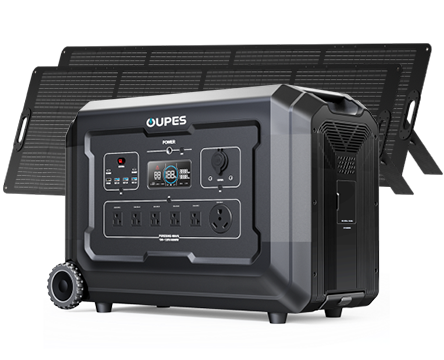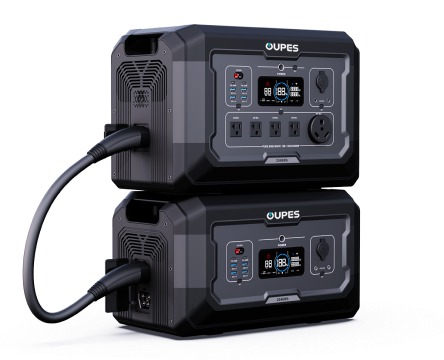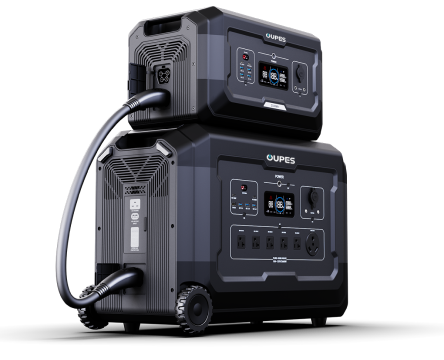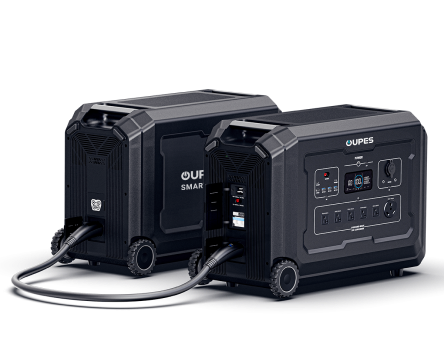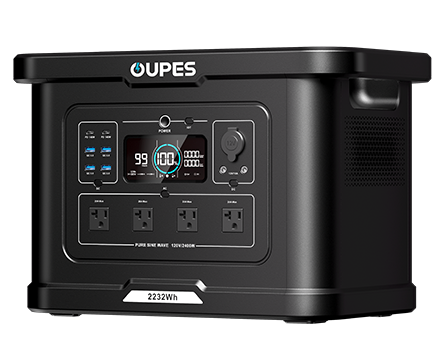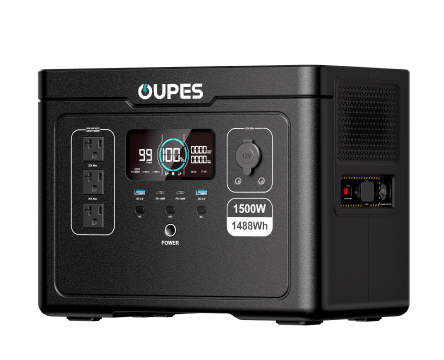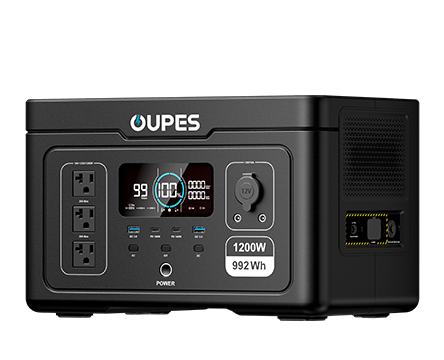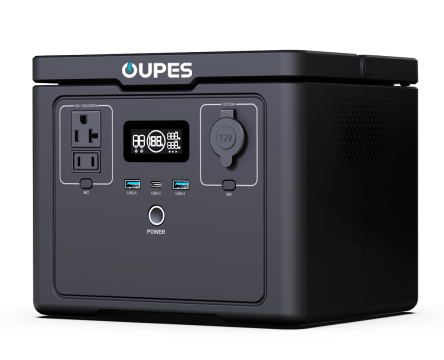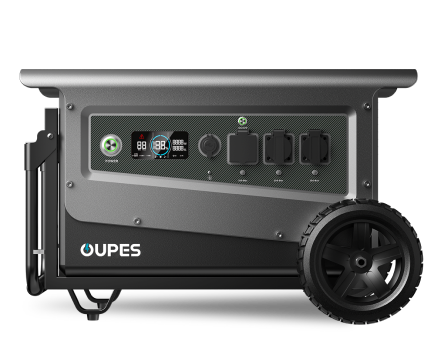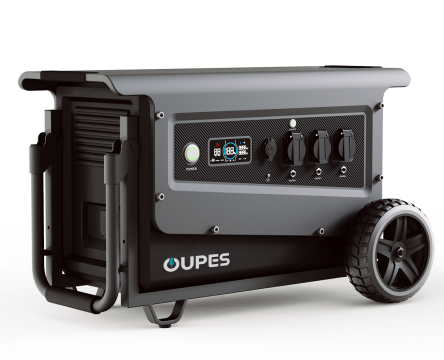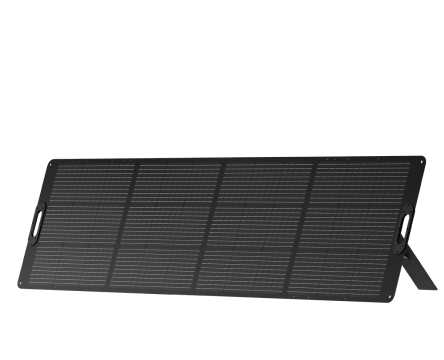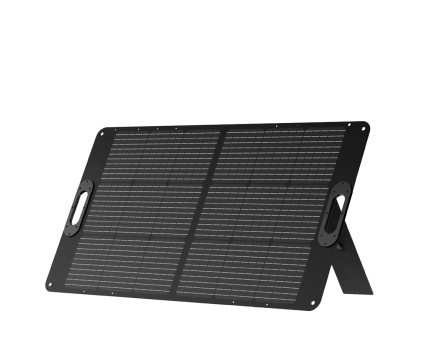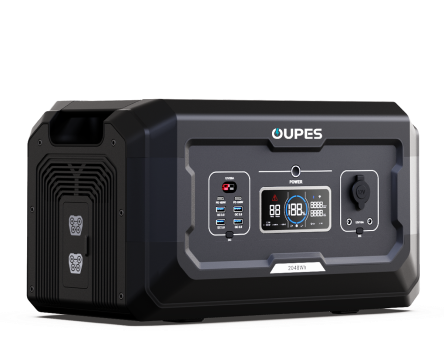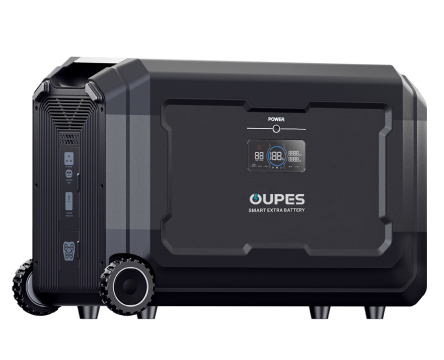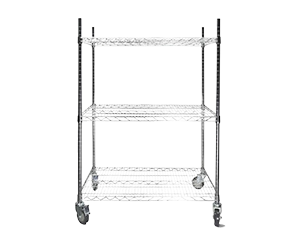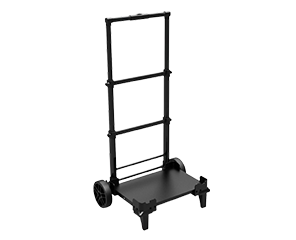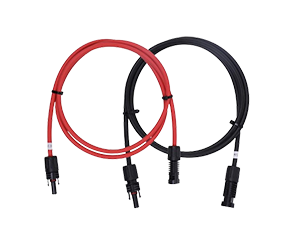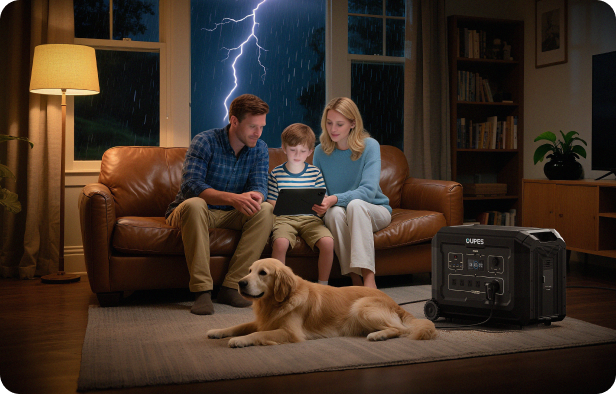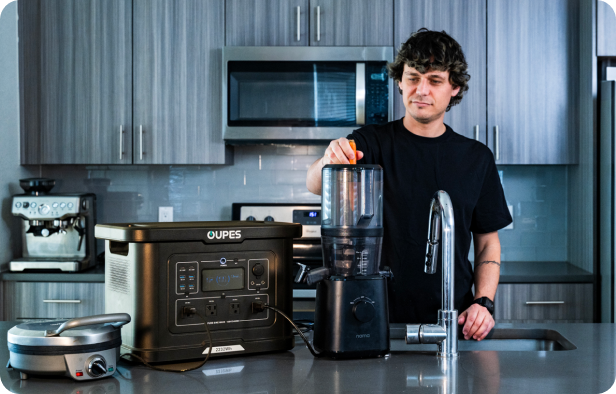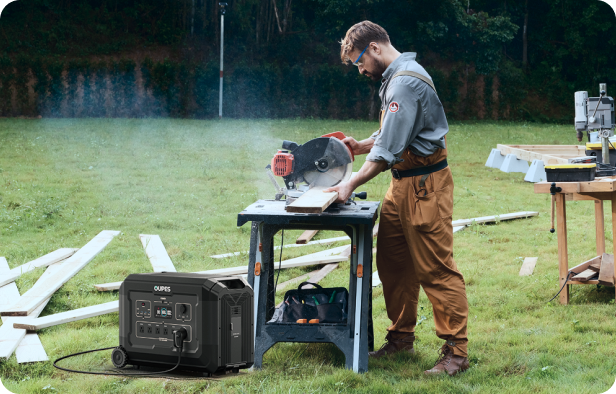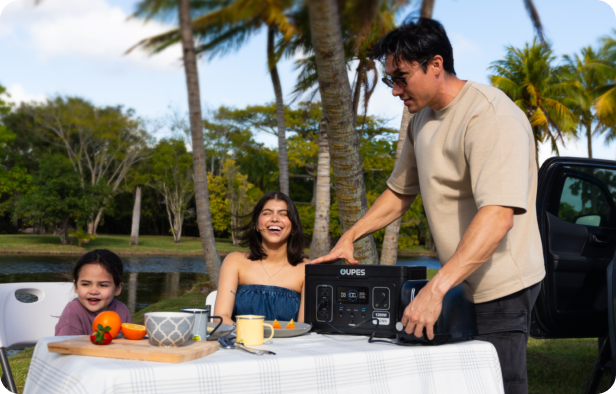Understanding the Basics: Power, Voltage, and Current
Before estimating how many amps a microwave uses, it helps to understand how electricity works. Three fundamental electrical units are involved:
- Watts (W) – measure how much power an appliance consumes.
- Volts (V) – represent the electrical potential or pressure of the system.
- Amperes (A) – describe the flow rate of electricity through a circuit.
These three are related by the simple equation:
Amps = Watts ÷ Volts
This formula allows you to calculate the current draw of any appliance — including microwaves — as long as you know its wattage and the operating voltage of your system (usually 120V in the U.S. and 230–240V in many other regions).
How Many Amps Does a Microwave Use on Average?
Most household microwaves use between 600 and 1500 watts, depending on their size and design. To determine amp draw, divide the wattage by your local voltage. For example:
- A 1000W microwave on 120V draws around 8.3 amps.
- The same microwave on 240V draws roughly 4.2 amps.
Compact models, often used in RVs, boats, or off-grid cabins, typically draw less power, while full-sized kitchen models can exceed 12 amps at peak use. Understanding this helps when running appliances from limited sources such as solar generators or portable power stations.
Typical Amp Range by Microwave Type
| Microwave Type | Wattage | Approx. Amps (120V) |
|---|---|---|
| Compact (600–800W) | 600–800W | 5–7A |
| Mid-size (900–1100W) | 900–1100W | 7.5–9.2A |
| Full-size (1200–1500W) | 1200–1500W | 10–12.5A |
How to Calculate Microwave Amps
Calculating amp draw is straightforward using the power equation:
Amps = Watts ÷ Volts
Example 1: 1200W Microwave on 120V Circuit
1200 ÷ 120 = 10 amps. That’s roughly what you’d expect from a common household microwave.
Example 2: 700W Microwave in an RV
700 ÷ 120 = 5.8 amps. A compact microwave like this is ideal for use with portable power systems.
Example 3: 1500W Microwave on a 240V Outlet
1500 ÷ 240 = 6.25 amps. Higher-voltage circuits cut current draw in half, which is why many heavy-duty appliances use 240V connections.
Keep in mind that these are running currents. Microwaves also have a brief “startup surge,” when the magnetron first activates, that can momentarily draw 1.5–2 times the running current.
Microwave Power and Amp Comparison Table
Here’s a quick reference for estimating current draw at different wattage levels and voltages:
| Wattage | 120V System | 240V System |
|---|---|---|
| 600W | 5.0A | 2.5A |
| 900W | 7.5A | 3.8A |
| 1200W | 10.0A | 5.0A |
| 1500W | 12.5A | 6.3A |
This table provides a helpful estimate when determining whether your circuit or portable power system can safely support your microwave’s load.
Using a Microwave with a Solar Generator or Portable Power Station
Running a microwave from a solar generator or portable power station is absolutely possible — as long as the system meets three requirements: adequate inverter power, sufficient battery capacity, and stable voltage regulation.
1. Inverter Output Must Exceed Microwave Wattage
Microwaves require high startup power. For example, a 1000W microwave may briefly spike to 1500–1600W. Your power station’s inverter should therefore provide continuous power equal to or greater than the microwave’s rated wattage, plus a safety margin of about 20%.
2. Battery Capacity Determines Run Time
Let’s say you have a 1000Wh power station and you’re using a 1000W microwave. Ten minutes of use would consume roughly:
1000W × (10 ÷ 60) = 167Wh
That’s about 17% of your total battery capacity. In practical terms, you could use your microwave several times before needing to recharge.
3. Pure Sine Wave Output Is Essential
Microwaves are sensitive to power quality. Always use a pure sine wave inverter to ensure clean, consistent electricity. Many modern systems — including models from OUPES — integrate pure sine wave technology specifically for safe operation of appliances like microwaves, coffee makers, and mini fridges.
What Affects a Microwave’s Amp Draw?
Not all microwaves consume the same current, even at similar wattage ratings. Several factors influence real-world amp draw:
1. Cooking Power Level
Microwaves with adjustable power settings draw less current on lower modes (e.g., “defrost” or “medium”), though total cooking time increases.
2. Supply Voltage
If your voltage dips (common when using long extension cords or under heavy load), the current increases to maintain the same wattage. This can stress both the microwave and your power source.
3. Efficiency and Age
Older units are typically less efficient, meaning they require more current to produce the same cooking power. Modern inverter-based microwaves are more energy-efficient and draw smoother current.
4. Ambient Temperature
In colder environments, microwaves may initially draw slightly more current as internal components warm up to operating temperature.
Real-World Scenarios and Power Estimates
Example 1: Compact Microwave in a Camper Van
A 700W microwave running on a 500Wh portable power station:
700 × (10 ÷ 60) = 117Wh per 10 minutes
This setup could run for around 40 minutes total before fully depleting the battery — plenty for quick reheating and light cooking.
Example 2: Mid-Sized Microwave at Home
A 1200W unit powered by a 1500Wh solar generator:
1200 × (10 ÷ 60) = 200Wh per 10 minutes
That means you could cook for about 45 minutes total, with power to spare for lights or a small refrigerator.
Example 3: Large Microwave and 2000W Inverter
A 2000W inverter easily handles most home microwaves (under 1500W). Always leave at least 20% headroom for startup surges to prevent tripping or overheating the inverter.
Choosing the Right Power Station for a Microwave
If you plan to use a microwave off-grid, choosing the right portable power station is critical.
1. Check Continuous and Peak Power Ratings
Your microwave’s wattage should be well within the inverter’s continuous power rating. For example, a 1000W microwave should pair with a power station rated for 1500–2000W.
2. Consider Battery Capacity
Look for at least a 1000Wh capacity if you intend to use the microwave daily. Higher capacity allows more cooking cycles and less frequent recharging.
3. Prioritize Safety Features
Good power stations include overcurrent, overvoltage, and temperature protection. Systems like those from OUPES include these safeguards and use advanced BMS (Battery Management Systems) to prevent damage during high-load operation.
4. Think About Recharging Options
If using solar panels, ensure your system can generate enough watt-hours daily to replace what the microwave consumes. Efficient solar input helps keep your setup sustainable for long-term off-grid use.
Tips for Efficiency and Safe Operation
1. Avoid Overloading Circuits
Always verify your power source’s amp limit before plugging in a microwave. Exceeding the circuit’s rating may cause tripped breakers or inverter shutdowns.
2. Use Short, Heavy-Gauge Cords
Long or thin cables cause voltage drop, forcing the microwave to draw more current. Use appropriately rated extension cords only when necessary.
3. Cook in Short Intervals
Microwaves draw maximum current continuously while running. Cooking in shorter bursts helps manage battery life when running off solar power.
4. Ensure Adequate Ventilation
Both the microwave and the inverter generate heat. Keep airflow clear to prevent overheating, especially in confined spaces like RVs or cabins.
5. Monitor Power Station Output
Most modern power stations display real-time wattage draw. Watching this helps you gauge how much current your microwave is using and plan other energy needs accordingly.
FAQ
1. How many amps does a 1000W microwave use?
At 120 volts, about 8.3 amps. On a 240V system, roughly 4.2 amps.
2. Can a portable power station run a microwave?
Yes — as long as its inverter power and battery capacity are sufficient. A 1500–2000W inverter is typically ideal for most microwaves.
3. How long can a 1000Wh battery run a microwave?
A 1000W microwave could operate for around one hour total, but real-world usage is often 10–15 minutes per session to conserve power.
4. Why does my microwave trip my inverter?
Your inverter may be undersized or unable to handle the initial startup surge. Choose a system with 20–50% higher peak capacity than your microwave’s rating.
5. What type of microwave is best for off-grid living?
Compact models (600–900W) are most efficient for use with solar generators. They heat food quickly without overwhelming your system.
6. Do higher wattage microwaves use more amps?
Yes, directly. More wattage equals higher current draw, especially at lower voltages.
7. Can I use a microwave and another appliance at the same time?
Only if your power station or circuit can handle the combined wattage. Otherwise, alternate use to prevent overload.
8. Is it safe to run a microwave on a solar generator?
Absolutely. Just ensure your generator’s inverter produces a pure sine wave and its rated capacity exceeds your microwave’s demand.

